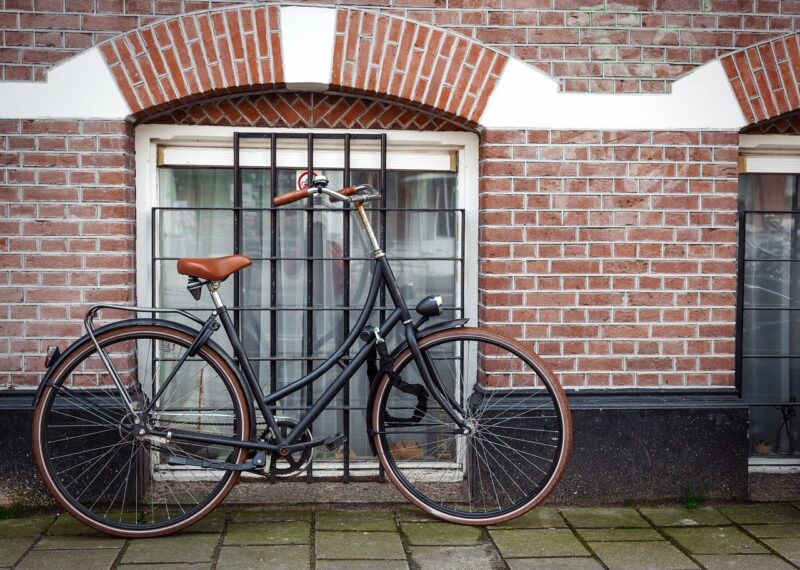Why Some Bicycles Are Built for Racing While Others Are Perfect for Commutes
November 12, 2024

Bicycles are one of the most versatile forms of transportation, capable of serving a wide array of purposes. However, not all bicycles are created equal. Some are engineered for speed and performance, making them ideal for racing, while others are designed for comfort and utility, excelling in daily commutes. Understanding the distinctions between racing bikes and commuter bikes can help riders choose the right bicycle for their needs. In this article, we will delve into the characteristics, designs, and functionalities that define these two categories of bicycles.
1. The Essence of Racing Bicycles
Racing bicycles, often seen on competitive circuits or in triathlons, are engineered with speed and efficiency in mind. Here are the key features that set racing bikes apart:
- Lightweight Materials: Most racing bikes are made from materials such as carbon fiber or aluminum, allowing for greater speed due to reduced weight.
- Aerodynamic Design: The geometry of a racing bike prioritizes aerodynamics. The frame is designed to allow the rider to assume a more aggressive posture, which minimizes wind resistance.
- Narrow Tires: Racing bikes are fitted with thin, high-pressure tires that reduce rolling resistance and enhance speed on smooth surfaces.
- Performance Gearing: Equipped with a wide range of gears, racing bikes allow riders to maintain high cadences on both flat and varied terrains, maximizing speed.
- Advanced Braking Systems: Many racing bikes feature disc brakes, providing enhanced stopping power and modulation during fast rides.
These features collectively empower riders to achieve maximum performance during races, focusing on speed, agility, and endurance.
2. The Characteristics of Commuter Bicycles
In contrast, commuter bicycles prioritize practicality, comfort, and durability for everyday use. Here’s what makes commuter bikes unique:
- Comfortable Geometry: Commuter bikes are designed for an upright riding position, which enhances comfort, particularly during long rides in urban environments.
- Sturdy Build: Manufactured from robust materials like steel or heavier alloys, commuter bicycles are built to withstand the rigors of daily use and occasional rough conditions.
- Wider Tires: Commuter bikes generally have wider tires that offer better grip and stability, making them suitable for various street conditions.
- Practical Accessories: These bicycles often come equipped with fenders, racks, and lights, all of which are essential for daily commuting, especially in inclement weather.
- Simpler Gearing: Many commuter bikes feature single-speed or limited gearing options to facilitate ease of use and maintenance, making them user-friendly for people of all skill levels.
The emphasis here is on comfort and functionality rather than speed, making commuting bikes perfect for navigating city streets.
3. Key Differences Between Racing and Commuter Bicycles
To summarize and clarify the distinctions between the two types of bicycles, here’s a comparison chart:
| Feature | Racing Bicycles | Commuter Bicycles |
|---|---|---|
| Weight | Lightweight | Heavier |
| Riding Position | Aggressive | Upright |
| Tire Width | Narrow | Wide |
| Maintenance | High Performance Requires more attention |
Low Maintenance User-friendly |
| Accessories | Minimal | Practical (e.g., fenders, racks) |
This chart highlights the contrast in construction, functionality, and intended use of these two bicycle types, helping prospective owners make informed decisions.
4. Selecting the Right Bicycle for Your Needs
Here are some key considerations to help determine which type of bicycle is ideal for you:
- Purpose of Use: Assess whether you’ll mainly engage in racing and recreational cycling or use your bike for commuting and errands. This is the most important factor in influencing your bike type choice.
- Terrain: Consider your routes—smooth, paved roads are ideal for racing bikes, while a mix of paved and unpaved paths may necessitate a sturdier commuter bike.
- Frequency of Use: If you plan to ride frequently, a commuter bike with comfort features may be preferable. For occasional ride enthusiasts, a racing bike could be enjoyable if speed is your goal.
- Budget: Racing bikes often come with a higher price tag due to their specialized materials and design. Assess your budget to find the best options without overspending.
Weighing these factors will significantly refine your choice, ensuring you invest in a bicycle that aligns with your lifestyle and cycling goals.
Conclusion
Understanding the differences between racing and commuter bicycles can significantly enhance your cycling experience. Whether you seek the thrill of racing or the practicality of commuting, knowing the right bicycle for your needs can lead to increased satisfaction and efficiency in your rides. Always remember to test ride a few different models to ascertain what feels best for you—comfort and fit are paramount. Happy pedaling!






